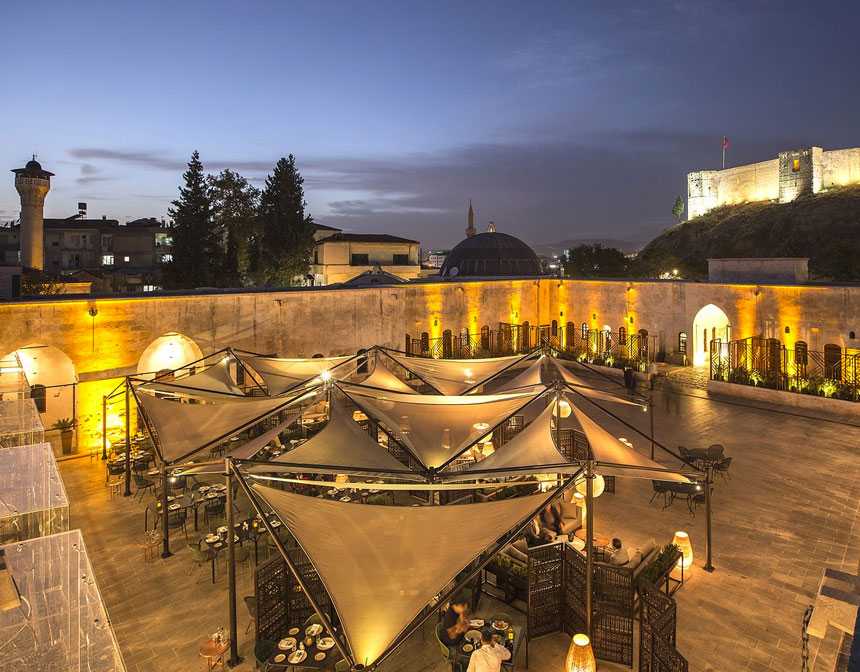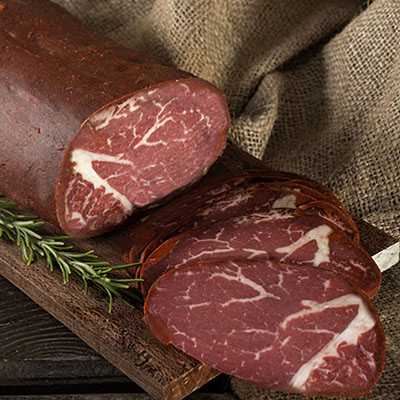The Cultural Significance of Pernil in Puerto Rico
Pernil holds a special place in Puerto Rican cuisine and culture. It is a dish often associated with large gatherings and festive occasions, particularly during the Christmas season. The name "pernil" comes from the Spanish word pierna, meaning leg, as it traditionally refers to a slow-roasted pork leg or shoulder. In Puerto Rico, pernil is the star of Noche Buena (Christmas Eve dinner), symbolizing abundance, warmth, and family unity.
The dish reflects the island's rich history, blending indigenous Taino, Spanish, and African culinary influences. The use of citrus and garlic in the marinade speaks to the tropical flavors of Puerto Rico, while the slow-roasting technique is a hallmark of Spanish cooking. Over time, pernil has become a beloved dish that embodies the flavors and traditions of Puerto Rican cuisine.
A Recipe Passed Down Through Generations
For many Puerto Rican families, making pernil is more than just cooking; it’s a cherished ritual passed down through generations. Each family has its unique touch—whether it’s a secret spice blend or a specific roasting method—that makes their pernil special. Preparing this dish is often a communal activity, with family members gathering to marinate the pork, share stories, and celebrate their heritage.
Pernil’s versatility is another reason for its popularity. It can be served as a main dish with traditional sides like arroz con gandules (rice with pigeon peas) or repurposed into sandwiches, tacos, or empanadas. The crispy skin, known as cuerito, is especially prized and often fought over at the dinner table!
Why Pernil Remains a Timeless Dish
The enduring appeal of pernil lies in its ability to bring people together. Its bold flavors and comforting aroma evoke feelings of nostalgia and togetherness. Whether it’s served at a holiday feast or a family reunion, pernil is more than just food—it’s a symbol of celebration, love, and Puerto Rican pride.
This recipe honors the traditional preparation while offering tips and techniques to make it accessible for home cooks. By making this Puerto Rican pernil recipe, you’re not only creating a delicious meal but also connecting with a rich cultural tradition that has stood the test of time.
Puerto Rican pernil is a celebration of bold flavors and culinary tradition. Whether it’s for Christmas, a special occasion, or Sunday dinner, this dish is guaranteed to be the star of the table. Serve it with classic sides like arroz con gandules (rice with pigeon peas) for an authentic Puerto Rican experience that your family and friends will rave about!
What Cut Of Pork Is Best For Making Pernil?
The best cut of pork for making pernil is a bone-in pork shoulder. This cut is ideal for the dish because it has a good balance of fat, meat, and connective tissue, which breaks down during slow roasting to create tender, juicy meat and a flavorful, crispy outer skin (cuerito). Here’s why pork shoulder works so well:
1. Bone-In for Flavor
- The bone adds depth to the flavor as the meat cooks slowly, infusing the dish with a rich, savory taste.
- Bone-in cuts also tend to stay moist and tender during long cooking times.
2. Fat Content for Juiciness
- The fat in pork shoulder helps keep the meat juicy as it roasts.
- This fat renders down, basting the meat naturally and contributing to the crispy, caramelized skin that makes pernil so iconic.
3. Availability
- Pork shoulder, also called picnic shoulder or pork butt in some regions, is widely available at most grocery stores and butcher shops.
- It’s a relatively affordable cut, making it perfect for feeding a crowd during festive gatherings.
While boneless pork shoulder can also be used if you prefer, it’s important to retain some fat to achieve the desired flavor and texture. Regardless of your choice, a well-marbled cut with the skin intact will ensure your Puerto Rican pernil turns out tender, flavorful, and unforgettable.
Wine & Dine
Pairing wine with Puerto Rican pernil is all about complementing its rich, savory flavors and aromatic spices. The slow-roasted pork, infused with garlic, citrus, and herbs, pairs beautifully with wines that can balance its boldness and enhance its complexity. Here are some excellent wine choices:
1. Red Wine: Tempranillo
Why It Works: Tempranillo, a medium-bodied red wine from Spain, complements the smoky, spiced flavors of pernil without overpowering it. Its notes of cherry, tobacco, and earthy spices enhance the dish’s depth.
Best Pairing: Look for Rioja or Ribera del Duero varieties, which are smooth and versatile.
2. White Wine: Sauvignon Blanc
Why It Works: The zesty citrus notes in Sauvignon Blanc align perfectly with the citrus marinade of pernil, creating a refreshing contrast to the rich pork. Its crisp acidity cuts through the fat and balances the dish.
Best Pairing: Opt for a New Zealand or Chilean Sauvignon Blanc for a bright, fruity profile.
3. Rosé: Dry Rosé
Why It Works: A dry rosé offers a balance of acidity and subtle fruitiness, making it an excellent pairing for pernil. The wine’s light body complements the pork’s richness, while its hints of red berries enhance the dish’s flavors.
Best Pairing: Choose a Provençal rosé for a refined, dry option.
4. Sparkling Wine: Cava
Why It Works: Sparkling wines like Cava bring effervescence and acidity to cleanse the palate between bites. Their light, crisp nature contrasts beautifully with the savory and crispy aspects of pernil.
Best Pairing: A Brut Cava or Prosecco adds festive flair and pairs seamlessly with the dish.
5. Alternative: Medium-Bodied White Blend
Why It Works: A white blend that includes Viognier or Chenin Blanc offers floral and fruity notes that pair well with the herbal and citrusy marinade.
Best Pairing: Look for blends from California or South Africa for a smooth and balanced choice.
Pro Tip: Pair with Sides
If your pernil is served with traditional Puerto Rican sides like arroz con gandules or tostones, consider how those flavors might influence the pairing. For instance, a bold red like Malbec or a slightly sweet white like Riesling can harmonize with the meal’s overall profile.
Choosing the right wine for Puerto Rican pernil ensures a memorable dining experience, elevating both the dish and your holiday table. Cheers!
How To Store Puerto Rican Pernil?
Properly storing your Puerto Rican pernil ensures that its bold flavors and tender texture are preserved, allowing you to enjoy leftovers for days to come. Here are the best ways to store and reheat your pernil:
1. Refrigerating Pernil
- Cool Completely: Allow the pernil to cool to room temperature before storing to prevent condensation and sogginess.
- Use Airtight Containers: Store the meat in an airtight container or wrap it tightly in aluminum foil or plastic wrap to lock in moisture.
- Shelf Life: Refrigerated pernil will stay fresh for up to 3-4 days when stored properly.
2. Freezing Pernil
- Portion for Convenience: Slice or shred the pork and divide it into smaller portions before freezing. This makes it easier to reheat only what you need.
- Wrap and Freeze: Use freezer-safe bags or airtight containers. For added protection, wrap the meat in aluminum foil before placing it in a bag to prevent freezer burn.
- Label and Date: Clearly label the packaging with the date for easy reference. Frozen pernil will maintain its quality for up to 3 months.
3. Reheating Pernil
- Oven Method: Preheat your oven to 325 °F (165 °C). Place the pernil in an oven-safe dish, cover it with foil to retain moisture, and heat for 20-30 minutes or until warmed through.
- Stovetop Method: Heat shredded pernil in a skillet with a splash of water or broth over medium heat, stirring occasionally.
- Microwave Method: For small portions, place the pernil in a microwave-safe dish, cover with a microwave-safe lid or damp paper towel, and heat in 30-second intervals until warm.









































